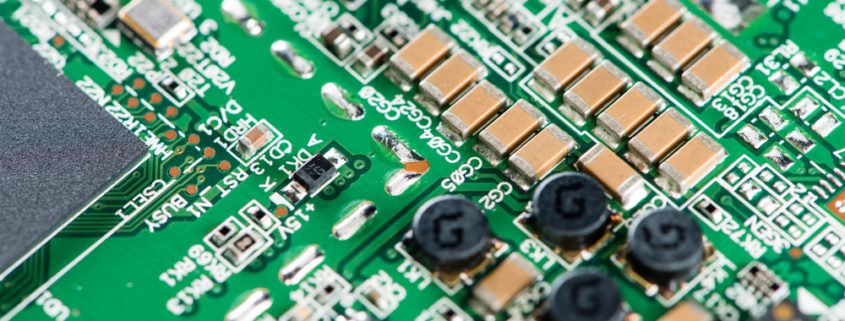The Role of Power Management in Mixed-Signal ASIC Design
In the dynamic landscape of microsystems, Mixed-Signal ASICs (Application-Specific Integrated Circuits) have emerged as a key player, enabling the integration of both analog and digital functionalities on a single chip. Power management is a critical aspect that microsystems companies need to consider during the design process carefully. Efficient power management is paramount for optimizing performance, extending battery life, and ensuring the overall reliability of Mixed-Signal ASICs.
Unraveling the Complexity: Mixed-Signal ASIC Design Essentials
Mixed-Signal ASIC Integration Challenges
Mixed-signal ASICs, with their amalgamation of analog and digital components, pose unique challenges in terms of power consumption. Unlike their digital counterparts, analog components are often more susceptible to variations in power supply voltage, making precision power management a crucial consideration. Microsystems companies must strike a delicate balance between optimizing digital processing capabilities and providing stable power to analog components.
Mixed Signal ASIC Power Consumption Dynamics
Effective power management in Mixed-Signal ASIC design requires a nuanced understanding of the dynamic power consumption characteristics of both analog and digital domains. While digital components are generally more power-hungry during active states, analog components may draw continuous power, demanding careful consideration to avoid unnecessary energy wastage. Microsystems companies must implement sophisticated power management strategies to address the diverse requirements of each domain and achieve an optimal power-performance trade-off.
Navigating the Landscape: Strategies for Mixed-Signal ASIC Power Management
- Dynamic Voltage and Frequency Scaling (DVFS) for Mixed-Signal ASICs: Dynamic Voltage and Frequency Scaling (DVFS) is a potent tool in the arsenal of power management strategies for Mixed-Signal ASICs. This technique allows microsystems companies to dynamically adjust the operating voltage and frequency of the chip in response to the workload. By tailoring the power supply to the specific needs of the moment, DVFS minimizes unnecessary power consumption during periods of lower activity, optimizing energy efficiency without compromising performance. Implementation of DVFS in Mixed-Signal ASIC design requires a meticulous understanding of the trade-offs between power, performance, and the impact on analog components. A carefully calibrated DVFS system can result in significant power savings, enhancing the overall efficiency of the microsystem.
- Low-Power Design Techniques in Mixed-Signal ASICs: Adopting low-power design techniques is instrumental in mitigating power challenges in Mixed-Signal ASICs. Microsystems companies can leverage various methodologies, including power gating, clock gating, and optimized transistor sizing, to reduce power consumption in analog and digital domains. In the analog realm, techniques such as sub-threshold operation and adaptive biasing contribute to minimizing power without compromising performance. Microsystems companies can employ a holistic approach, integrating these low-power design techniques seamlessly into the Mixed-Signal ASIC architecture to achieve an optimal balance between functionality and energy efficiency.
The Future of Mixed-Signal ASICs: Empowering Microsystems with Efficient Power Management
As microsystems continue to evolve, the role of power management in Mixed-Signal ASIC design will only become more critical. Microsystems companies that prioritize efficient power management not only ensure the longevity of battery-powered devices but also contribute to the sustainability of their products in an increasingly energy-conscious world.
In conclusion, Mixed-Signal ASICs represent a remarkable leap forward in microsystem integration, combining analog and digital functionalities on a single chip. Microsystems companies that master the intricacies of power management in Mixed-Signal ASIC design stand poised to deliver cutting-edge solutions that strike the perfect balance between performance, reliability, and energy efficiency. As the industry advances, the fusion of Mixed-Signal ASICs and robust power management strategies will continue to drive innovation and shape the future of microsystems.
Learn more about Linear MicroSystems by clicking here!
Linear MicroSystems, Inc. is proud to offer its services worldwide as well as the surrounding areas and cities around our Headquarters in Irvine, CA: Mission Viejo, Laguna Niguel, Huntington Beach, Santa Ana, Fountain Valley, Anaheim, Orange County, Fullerton, and Los Angeles.






